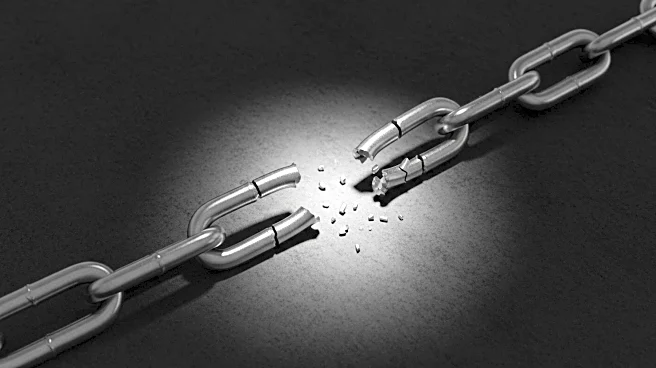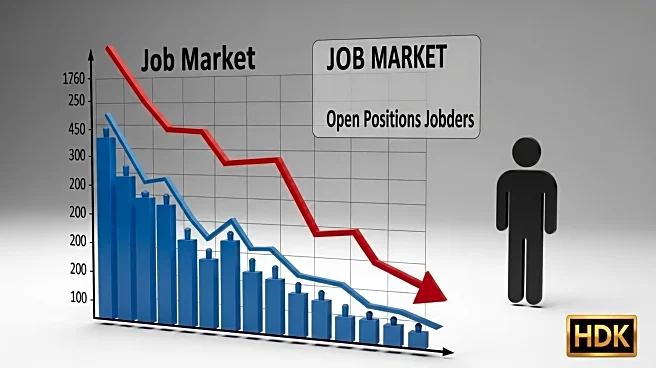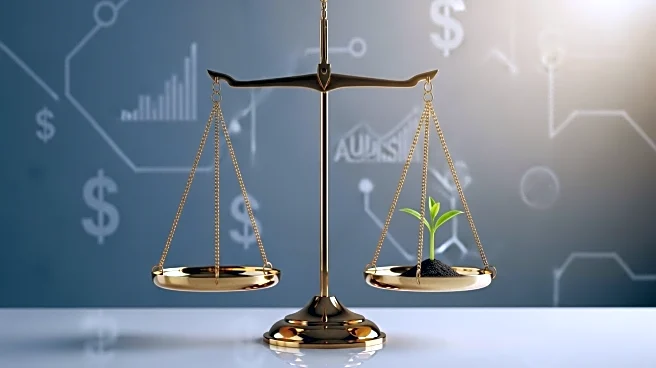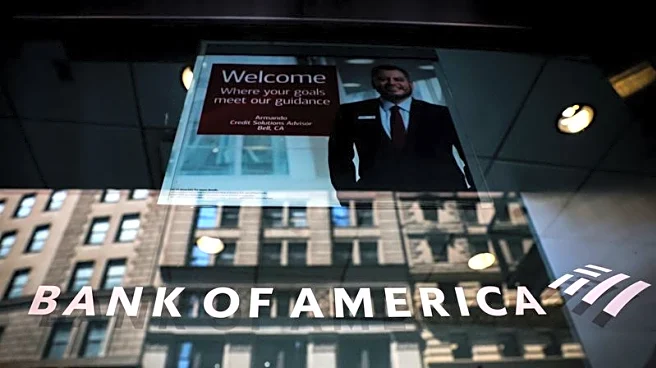What's Happening?
The latest jobs report for August reveals that the U.S. economy added only 22,000 jobs, significantly below expectations. This development has raised concerns about a potential economic slowdown. The unemployment rate has reached its highest level in four years, prompting discussions among economists and policymakers about the underlying causes and potential remedies. The report highlights a challenging labor market, with sectors such as manufacturing and retail showing signs of stagnation. Analysts are closely monitoring these trends to assess their impact on the broader economic landscape.
Why It's Important?
The increase in unemployment and the lower-than-expected job growth could have significant implications for the U.S. economy. A sluggish labor market may affect consumer spending, which is a critical driver of economic growth. Additionally, the report could influence monetary policy decisions by the Federal Reserve, potentially affecting interest rates and financial markets. Businesses may face increased pressure to adapt to changing economic conditions, while workers could experience heightened job insecurity. The situation underscores the need for strategic economic policies to stimulate growth and stabilize the labor market.
What's Next?
Economists and policymakers are likely to analyze the data further to understand the factors contributing to the slowdown. Discussions may focus on potential fiscal and monetary policy measures to address the challenges. The Federal Reserve's upcoming meetings will be closely watched for any indications of policy adjustments. Additionally, businesses and labor organizations may advocate for targeted interventions to support job creation and economic stability. The evolving economic landscape will require careful monitoring and responsive strategies to mitigate potential negative impacts.












